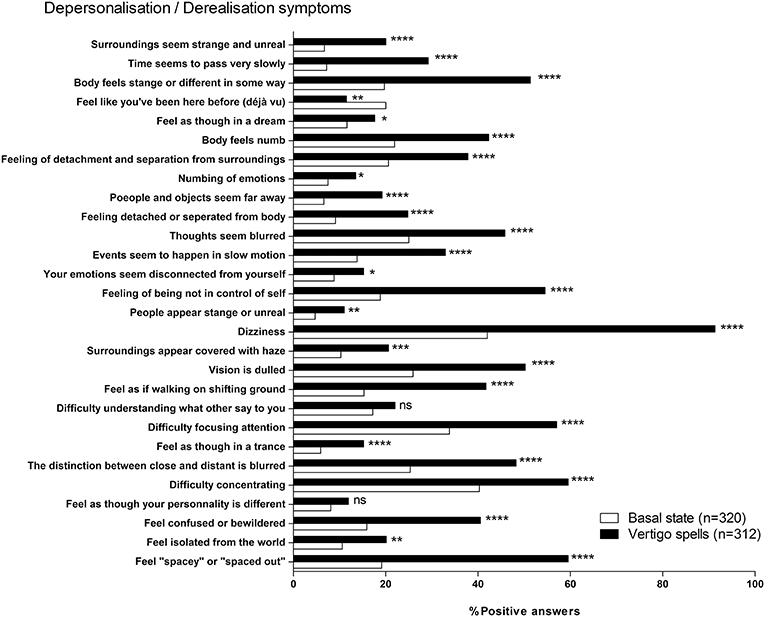


In addition, clinical hypnosis might help some patients to achieve relaxation, concentration, and focused attention, helping them identify their thoughts, feelings, and emotions which might have become suppressed in the level of consciousness.ĭerealization is defined as a sensation of detachment experienced by certain individuals as if the environment around them does not exist at all. Most cases of depersonalization will get resolved spontaneously over time whereas severe or recurrent cases might need medical interventions including psychotherapy (cognitive behavioral therapy, interpersonal therapy) and medication such as anti-depressants, antipsychotics, and anxiolytics. The diagnosis of depersonalization will often be made with the help of complete history from the patient along with a thorough physical examination where imaging and laboratory tests might be helpful to rule out medical conditions which may give rise to similar signs and symptoms. Some cases of depersonalization can be mild and last for a very short period of time whereas some can be chronic and give rise to recurrences which will often result in disturbances in the day to day activities.Īdditionally, depersonalization is usually associated with other psychiatric conditions such as anxiety disorder, schizophrenia and borderline personality disorder. Some people may even complain of symptoms suggestive of depression, anxiety, or panic attacks. Most affected people will experience feelings of distorted perceptions of the body where he will feel as if he is a robot or living in a dream. Also, substance-induced depersonalization is known to occur as a result of alcohol, antihistamines, antipsychotics, anti-anxiety medications, Benzodiazepines, caffeine, Carbamazepine, etc. For example, a depersonalized person will often have complaints like ‘I know that it is my arm which is moving, but this is not really my arm, but someone elses’.Įven though the exact etiology of this condition is not very clear, traumatic situations and negative life events (war, abuse, and accidents) are known to be playing major roles in the predisposition. The affected individual will have feelings about a set of properties that are normal to any human being, but does not belong to him anymore.

What is the difference between Depersonalization and Derealization? What is Depersonalizationīeing a type of dissociative disorder, which result in disruptions in one’s memory, consciousness, identity or perception, depersonalization is defined as a condition where a person experiences ‘detachment’ from his own self as if he is not the person consisting of a set of feelings, thoughts, emotions and physical activity. What is Derealization? – Definition, Signs and Symptoms, Etiology, Diagnosisģ. What is Depersonalization? – Definition, Signs and Symptoms, Etiology, DiagnosisĢ. However, most health care professionals consider these two conditions as a single diagnosis called Depersonalization-Derealization Disorder.ġ. The main difference between depersonalization and derealization is that depersonalization deals with detachment from one’s self whereas derealization deals with detachment from the environment or reality. Depersonalization is defined as a condition where a person experiences detachment from his own self whereas derealization is defined as a condition where a person experiences detachment from his surroundings, environment or reality. Main Difference – Depersonalization vs Derealizationĭepersonalization and Derealization are two types of dissociative disorders which are often used interchangeably, owing to the several similar features they share and confusing factors of differentiation.


 0 kommentar(er)
0 kommentar(er)
